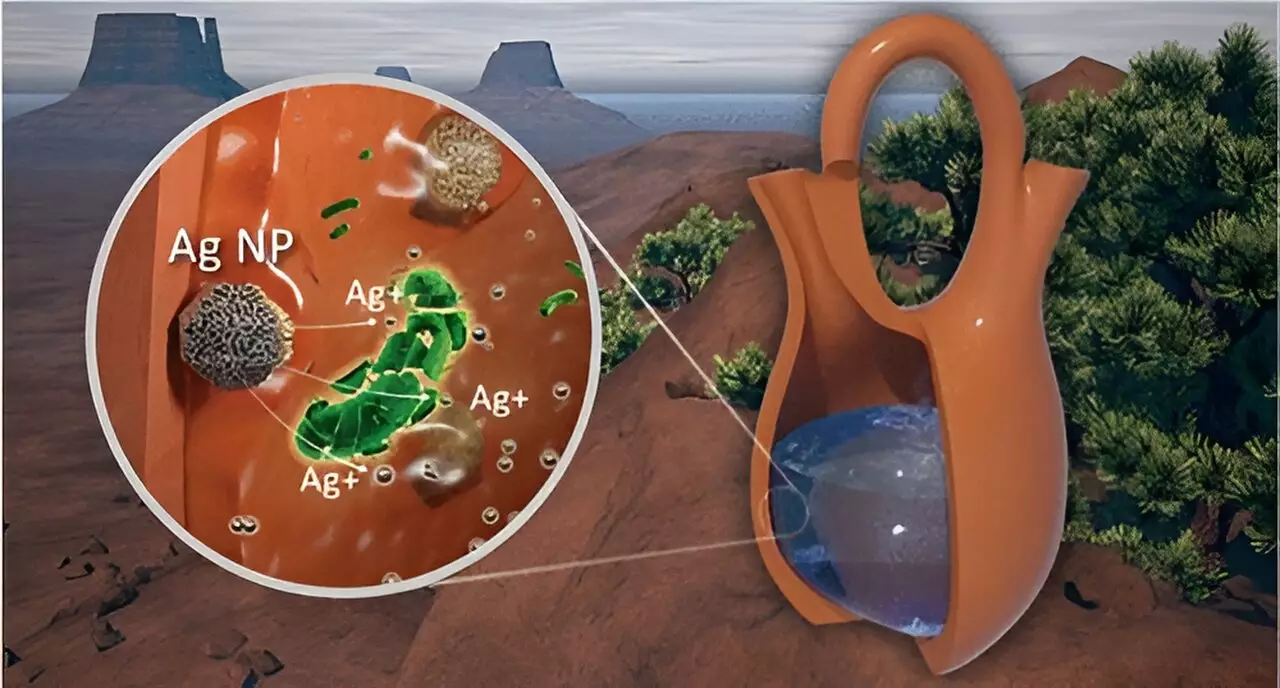Access to clean, drinkable water is a pressing issue in many parts of the United States, including large areas of the Navajo Nation. In recent years, the lack of clean water access has become increasingly prevalent. However, a research team from The University of Texas at Austin has developed a groundbreaking solution. By working closely with the Navajo community and utilizing local materials such as clay pots and pine tree resin, the team has created an innovative water filtration system that purifies water, making it safe for consumption.
Recognizing the importance of addressing the needs of the community, the research team collaborated with Deanna Tso, a third-generation potter from Arizona. By incorporating local expertise and materials, the team aimed to create a device that would be readily accepted and adopted by the Navajo people. The researchers understood the historical mistrust of outsiders within the Navajo Nation, making it vital to ensure community involvement and utilize indigenous techniques and materials.
While using silver particles for water filtration is not a novel idea, the team’s innovation lies in the controlled release of nanoparticles. Previous applications of silver particles have encountered challenges, such as reduced usability of filters and the formation of a “poison layer” that diminishes the disinfection efficacy of the silver particles. By utilizing pine tree resin and other local materials, the team mitigated the uncontrolled release of silver particles during the water purification process. The use of Navajo pottery, a sacred tradition, served to bridge the trust gap between the community and the new technology.
The affordability of the water filtration solution developed by the research team is another significant breakthrough. The materials and construction process for the clay pots cost less than $10, making it a potentially low-cost solution for communities facing similar water access challenges. The team emphasizes that while this solution was tailored to address the specific needs of the Navajo Nation, the underlying technology can be adapted and implemented globally to assist other communities in need.
The research team’s journey does not end with this successful innovation. Their next objective is to expand the technology further and explore other materials and techniques that can be utilized to address water scarcity in different regions. While commercialization is not their primary goal, the team is eager to share their findings and collaborate with potential partners in order to make a greater impact.
The research conducted by the team from The University of Texas at Austin represents a significant breakthrough in water filtration technology. By understanding the unique needs and concerns of the Navajo Nation, the team successfully developed a water purification solution that combines local materials, indigenous techniques, and modern scientific knowledge. The project’s success not only provides the Navajo community with access to clean, drinkable water but also serves as a blueprint for future endeavors aimed at addressing water shortages and promoting sustainability worldwide.


Leave a Reply